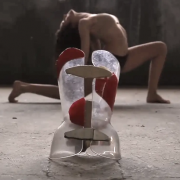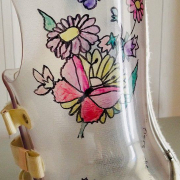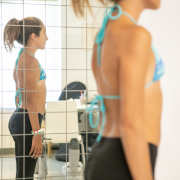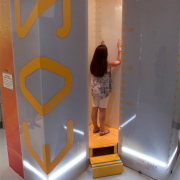Free Pelvis Brace works: this is demonstrated by the study presented at Sosort
At the latest Sosort international conference, held a few months ago, Isico presented the study Increasing Brace Comfort, Durability and Sagittal Balance through Semi-rigid Pelvis Material does not change Short-Term Very-Rigid Sforzesco Brace Results.
For years, Isico has replaced plaster cast with the Sforzesco brace, a particular type of very rigid brace for the most demanding scoliotic curves: developed in the Institute itself in 2004, it obtained results equal to casting, highlighted in several published studies.
The Sforzesco brace is a way to avoid casting for severe curves, because of the significant costs involved both at the individual (side effects including cast syndrome, skin problems, significant psychological impact, inability to shower for months, etc.) and social (repeated inpatient treatments) levels.
“In recent years, thanks to the experience with the Sforzesco brace, we have worked to improve our brace – explains dr Francesco Negrini, physiatrist, and one of the authors of the research presented at Sosort – We have therefore recently introduced a particular innovation, the system “Free Pelvis”, which consists of releasing the pelvis corset using a less rigid material at that level, increasing comfort while wearing. The “Free Pelvis” system is a very important innovation, a potentially big step forward in conservative treatment of scoliosis”.
The study presented compared the Sforzesco brace classical version (VRB) versus the Free Pelvis one (FPB): “The results obtained showed us that the Sforzesco “Free Pelvis” has no inferior results to the classic Sforzesco – concludes dr Negrini – furthermore it reassures the effectiveness of the Sforzesco “Free Pelvis”, and allows us to continue with greater confidence and conviction in the process of introducing this new and revolutionary instrument into our regular clinical practice”.












Leave a Reply
Want to join the discussion?Feel free to contribute!